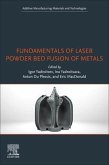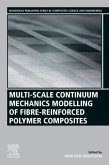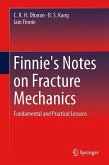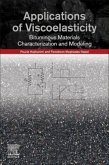Introduction to Fracture Mechanics presents an introduction to the origins, formulation and application of fracture mechanics for the design, safe operation and life prediction in structural materials and components. The book introduces and informs the reader on how fracture mechanics works and how it is so different from other forms of analysis that are used to characterize mechanical properties. Chapters cover foundational topics and the use of linear-elastic fracture mechanics, involving both K-based characterizing parameter and G-based energy approaches, and how to characterize the fracture toughness of materials under plane-strain and non plane-strain conditions using the notion of crack-resistance or R-curves.
Other sections cover far more complex nonlinear-elastic fracture mechanics based on the use of the J-integral and the crack-tip opening displacement. These topics largely involve continuum mechanics descriptions of crack initiation, slow crack growth, eventual instability by overload fracture, and subcritical cracking.
Other sections cover far more complex nonlinear-elastic fracture mechanics based on the use of the J-integral and the crack-tip opening displacement. These topics largely involve continuum mechanics descriptions of crack initiation, slow crack growth, eventual instability by overload fracture, and subcritical cracking.








